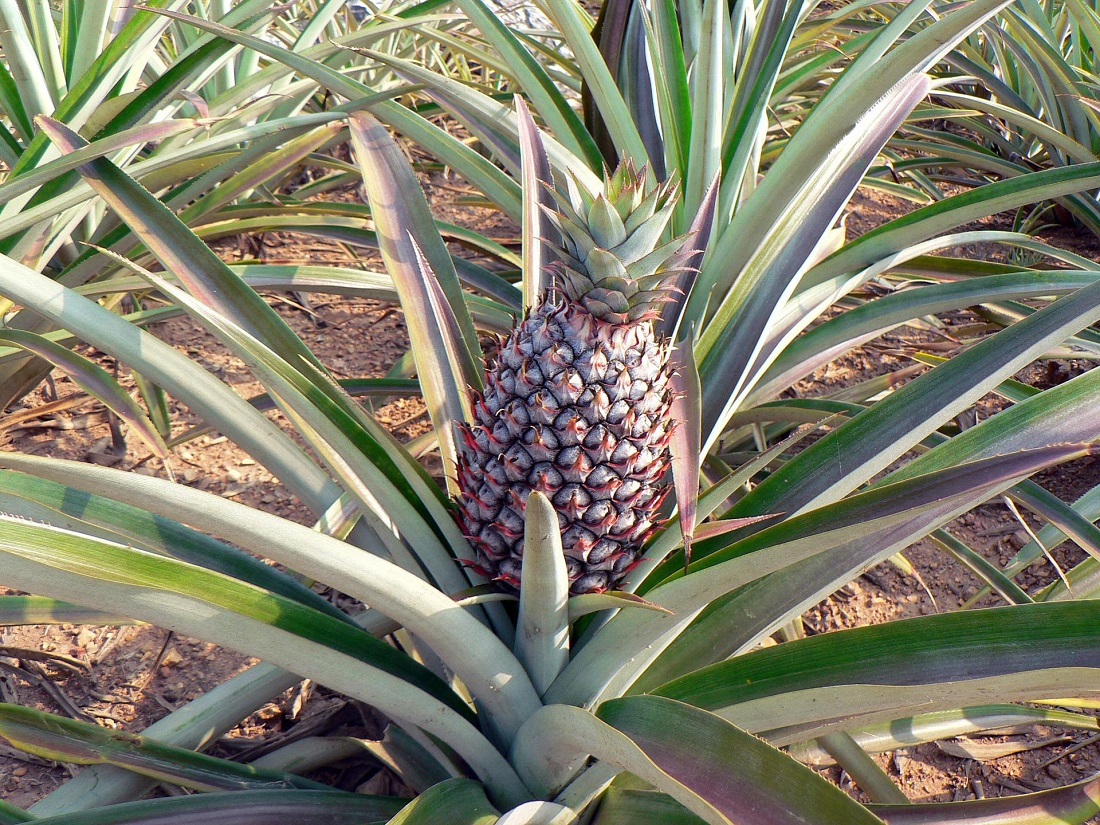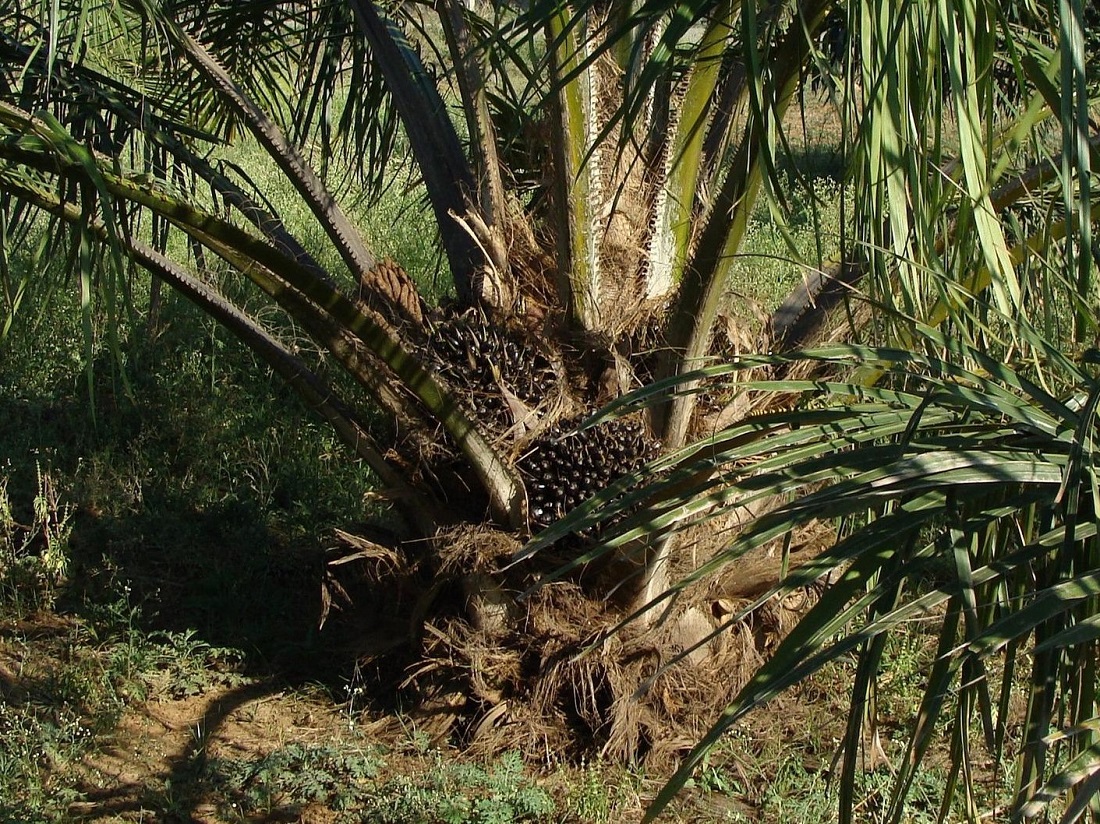The paraquat problem
Paraquat, often sold as ‘Gramoxone’, is one of the most commonly used broad spectrum herbicides worldwide. It causes many health issues and human fatalities each year from accidental exposure and suicide. More than 70% of acute paraquat poisonings result in death. Controversially, the UK banned the use of paraquat in 2007 but continues to make and export the herbicide to countries where use is still permitted.
Almost 60 countries have banned paraquat with no discernible impact on agricultural production. Several sustainability standards including Rainforest Alliance and Fairtrade, and European retailers have also successfully eliminated paraquat from global supply chains. Safer alternatives are available.
We call on governments to:
The Rainforest Alliance (RA) is working with over 4 million farmers and farm workers in 70 countries to use social and market forces to protect nature and improve the lives of farmers and forest communities. This video features RA farmers in Indonesia explaining why they agree with a ban on paraquat.
RA prohibited their growers from using paraquat in 1993. Their important new paper is based on three decades of experience of eliminating this deadly pesticide.
Agriculture without paraquat is feasible
A new paper, written by PAN UK, compares UN crop production data covering six to eight years prior to, and following, paraquat bans in eleven countries. In nine of the countries researchers identified no observable decline in aggregated crop yields or key individual crop yields following paraquat bans, and found yields increased in several countries.
Combined with complementary literature reviews and consultations with voluntary industry sustainability standards, retailers, and regulators, the study indicates that eliminating paraquat will save lives without reducing agricultural productivity or food security. The research casts doubt on the justifications put forward by countries that have blocked the global community’s ability to better control imports of the pesticide under international law.
The research also found that integrated weed management techniques not involving paraquat are instrumental in ensuring strong yields in post-paraquat agricultural systems, including those used by over 1.25 million farmers working to voluntary sustainability standards that exclude use of paraquat.
Why should paraquat be banned globally?
Ingestion of just a small amount of paraquat can kill and there is no effective treatment. Paraquat is also toxic when inhaled or absorbed through the skin.
Regular or repeated exposure to paraquat may also lead to chronic health effects and has been linked with conditions such as Parkinson’s disease. Its persistence and toxicity to terrestrial and aquatic environments also raise serious concerns, with residues ultimately entering the food chain.
Banning paraquat has been shown to be the most effective means of cutting deaths. In South Korea, 3,206 suicides following ingestion by paraquat were recorded in 2010, the year before a paraquat ban was introduced. In the subsequent years, pesticide-related suicides in South Korea, Sri Lanka and Taiwan fell by 46%, 50% and 37%, respectively. Overall, suicides in South Korea and Sri Lanka fell by 17% and 21%, respectively.
Paraquat continues to be manufactured and exported from Europe more than a decade after it was banned there, a breach of the UN Guiding Principles for Business and Human Rights.
Nations have a right to know
The Rotterdam Convention*, which came into force in 2004, aims to help countries monitor the import and use of hazardous pesticides and other chemicals.
It has no power to ban pesticides, but “listing” hazardous pesticides in Annex III of the Convention helps nations (‘parties’) to make informed decisions as to whether they wish to import these chemicals.
However, the Convention has faced huge obstacles from those wishing to prevent more open communication on hazardous chemicals. Paraquat is a perfect example. Since 2011, global experts on the Chemical Review Committee of the Convention have recommended that certain formulations of paraquat be added to the list of so-called Severely Hazardous Pesticide Formulations. These formulations (at or above 276 g/L paraquat dichloride) are widely sold and used in a range of crops. Many countries have reported fatal incidents of accidental poisoning associated with their use. In 2013, when the proposal to list paraquat was first considered, just two countries out of 122 blocked the Committee’s recommendation. All countries need to be in agreement for a listing to take place. A similar situation prevailed in the following three Conferences of Parties, denying the vast majority of countries the opportunity to use the Convention to share information more easily.
A proposed amendment provides a solution to the blocking of listing under The Rotterdam Convention
A new amendment to the Convention, put forward by Switzerland, Australia, Mali and co-sponsored by 10+ Parties representing all UN regions will be considered at COP11 in May 2023. We call on all Parties to the Rotterdam Convention who are committed to defending the right to know to support the amendment. See a briefing and video on the amendment, developed by Parties to the Convention. Also see PAN UK’s briefing on why the Rotterdam Convention is not a barrier to trade, but rather supports Parties to make their own decisions on the trade of certain hazardous chemicals.
*Rotterdam Convention on the Prior Informed Consent Procedure for Certain Hazardous Chemicals and Pesticides in International Trade
Can paraquat be removed from use without negative consequences?
Yes! Research shows that many lives have been saved from these efforts, with no evidence of a negative impact on agricultural production.
PAN UK has collated stakeholder experiences from countries and supply chains which have already successfully phased out paraquat. Numerous other methods for managing weeds or treating waste crop foliage can successfully replace paraquat use.
A study exploring potential impacts on crop yields of a ban of 14 highly hazardous pesticides, including paraquat dichloride, in Kerala, India in 2011, found no evidence of impact on agricultural yields in any of the crops studied. Similarly, studies in South Korea and Vietnam found no evidence that crop yield was negatively affected by their paraquat bans. Paraquat is 10th among the top 15 herbicides for which weed resistance has been recorded. Resistant weeds make weed control more difficult, more expensive and the outcomes less predictable for farmers. Over 30 weed species around the world have shown resistance to paraquat.
What should replace paraquat?
A wide range of alternative weed control methods exist. These include mechanical, ground covering, crop rotational, physical, biological, botanical, thermal and agroecological techniques.
Caution should be applied when selecting substitute herbicides to replace paraquat as they have their own hazards. Diquat, for example, is a close relative of paraquat and it is also acutely toxic to humans. These and several other widely used herbicides qualify as Highly Hazardous Pesticides for reasons including chronic human health hazards, dietary risk to consumers, environmental toxicity or persistence.
Alternative methods are often best combined in Integrated Weed Management (IWM) strategies, suitable for specific cropping systems. Successful IWM methods to replace paraquat use and to reduce reliance on herbicides more broadly have been documented for the following crops and uses:

Coffee
Making use of beneficial ground cover plants, combined with mechanical weeding, mulching at reduced frequency.

Pineapple
Physical and biological methods to decompose crop foliage post-harvest (to prevent it serving as a breeding site for stable fly, a livestock pest).

Tea
Herbicide-free IWM know-how, centered on encouraging non-competitive ground covering plants.

Oil palm
Combining other herbicides with methods including cover crops, mulches, manual or mechanical removal, weed exclusion sheeting, biological control and livestock grazing.

Potato
Mechanical flailing for pre-harvest haulm destruction.
Successful Integrated Weed Management experiences and herbicide reduction have been used in soybean, banana, sugar cane and in cereal cropping systems.
PAN UK has consulted with regulators and supply chain actors to learn from their experience of replacing paraquat. Some of the key lessons identified by these stakeholders include:
- Paraquat phase out and replacement by IWM alternatives is both technically and economically feasible
- Phasing out paraquat is most effective when done with the engagement of key stakeholders (government agencies, producer groups, weed scientists and agronomists, relevant supply chain actors)
- Good public communications about planned bans, restrictions and transition periods are important to alert end users
- It is important for farmers to understand the rationale for bans including risks to human health and evidence of local incidents/impacts
- Clear communications and training on alternatives to paraquat, with examples on relevant crops, help to support growers
- The safest and most cost-effective replacement for paraquat may be a suite of weed management practices rather than a single product
Useful resources
Adverse Health Effects Caused by Paraquat.
Agriculture without paraquat is feasible without loss of productivity.
Conditions of Paraquat use in India.
Alternatives to paraquat for pineapple foliage treatment.
Experiences in sustainable coffee farming in Costa Rica (Case Study).
Agroecological weed management in bananas.
